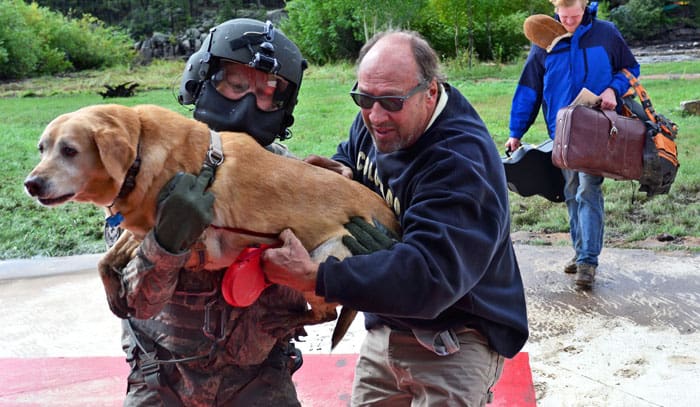The Great Midwest Flood of 1993 was a terrifying occurrence. It is one of the most devastating flood disasters in American history.
The flooding began in May 1993 and lasted until September. Floodwaters took until October to recede in some of the worst-affected areas, and over a thousand levees failed when water levels exceeded worst-case design specs.
Flood waters in parts of Missouri rose more than 13 feet above flood stage in downtown areas, swamping parts of St. Louis.
Alice Rothermich witnessed the rising waters’ power and devastation firsthand as she stood by as more than seven inches of water and muck covered her living-room floor. She and her husband, Gerald, decided to stay in their home and make the best of it after cleaning up the mess.
“Who would have guessed it would get this far?” According to Rothermich.
The National Flood Insurance Program (NFIP) is set to expire in September, and lawmakers are at odds over proposed program reforms. Some legislators claim that their goal is to ensure that rates reflect the risks of flooding while appeasing states less prone to flooding that are dissatisfied with “their role in subsidizing those states with greater flood risks.”
“It is critical that we get the program back on solid financial ground after large-scale disasters in recent years pushed it underwater. We have to take steps this year to give consumers more flood insurance options,” says U.S. Sen. Jon Tester (D-Mont.).
North Dakota, South Dakota, Nebraska, Kansas, Minnesota, Iowa, Missouri, Wisconsin, and Illinois bore the brunt of the flooding in 1993.
Fifty people were killed by the raging floodwaters, and 54,000 people were left homeless or required emergency shelter and temporary housing. Over 50,000 homes were destroyed or damaged, and more than 75 communities vanished beneath the merciless waters.
Property damage was estimated to be between $12 and $16 billion. The federal response to the devastation was estimated to cost $4.2 billion, and the government provided disaster recovery loans totaling more than $621 million to individuals and businesses.
According to FEMA, the total costs associated with the disaster would have been higher if the National Flood Insurance Program had not issued flood insurance policies. Those property owners had purchased flood insurance out of their own pockets.
Tester and U.S. Sen. Dean Heller (R-NV) introduced legislation to revamp the program and encourage private insurance companies to step in to fill the gap.
While similar legislation has been introduced in the House, including an option to rewrite the flood insurance pricing structure using a sharper and more accurate risk-based formula, House Financial Services Committee Chairman Jeb Hensarling has stated that his goal is to completely privatize the program.
The House version of the program includes changes aimed at improving the NFIP’s long-term solvency, which legislators hope will encourage the private sector to offer competing products.
For his part, Hensarling says he could be persuaded to support bipartisan efforts to stabilize rates and improve flood maps; his goal is to make the market appealing enough to private insurers to convince them to join.
The National Flood Insurance Program was established to lessen the impact of flooding on private and public structures. It accomplishes this by offering affordable insurance to property owners and “encouraging communities to adopt and enforce floodplain management regulations.” The idea is to help with efforts to mitigate the effects of flooding on structures, and the NFIP claims that the program reduces the socio-economic impact of disasters by “promoting the purchase and retention of general risk insurance,” specifically flood insurance.


